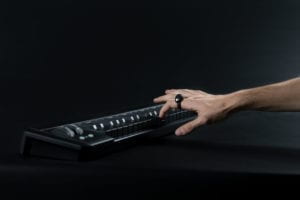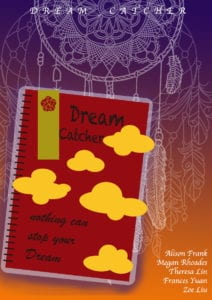The significant core of the interaction is the process of “two way” communication. During this process, the machine should contribute to the reproduction of people’s memory of their past, people’s imagination of their future, and people’s reflection of their present.
During my research, I found a project called “TreexOffice”.


The builder of this project builds an open-air office around a tree which provides people with Wi-Fi and power for their electronic devices. People can pay membership to use this service, and the income of the Treexoffice will be used to nurture the tree. For this project, it fails to achieve the idea of interaction. Because when people use the office, they have neither physical nor spiritual communication with the office or the tree. People are still using it as a nicer place to work which has fresher air. Besides, the action of paying for taking care of a tree let people have an illusion of they are engaging with nature and being more environmentally friendly. However, all these conclusions come people’s self-assumption which is not interactive enough. Hence, I realize that the “interaction” has to mutually happen between the project and its users, and also users have to gain more outcome instead of just self-imagination.
Then I found another project called “Neova”, which is a special ring that can give you different music according to your different gestures.

Firstly, this product is very individually distinguished. People have different finger gestures when they play music, and when we consider these differences also into their music, their work can be more unique. When people re-play their music of a different period, they can learn how their body language has been changed and how these changes influence their music style. For this project, inventors consider the functions of this product in long run, which makes the duration of the “interaction” last longer in people’s mind for it allows musicians to reflect on their music and see the connection between their physical bodies and their music.

From these two projects, I realize Crawford’s article is not only educational but also inspiring for us to define the “interaction”. Crawford points out that there are different degrees of interactivity, and by using a measurement of a continuous variable, we can, according to Crawford, “… make it possible to accept that anything can be interactive and simply discuss the degree of interactivity subjectively” (Crawford 6). Crawford provides us a completely new idea to consider the meaning of interaction. If there are degrees of interactivity, then what should we do to improve the sense of interaction of our project? What should we do to increase both the duration and degree of our project?
For our project “Dream Cather”, in order to qualify the standards of high degree and long duration of interactivity, we design its function based on the deep mutual “two way” communication between the “Dream Cather” and its users. It can record the brain waves when people are dreaming, and give people the visualized reappearance of their dreams. By keeping records of people’s dreams, Dream Cather can provide a constant reflection of people’s consciousness as well as their psychological movements. Through watching our dream scenarios, we can face our most unfiltered emotions, which is impossible to achieve when we are rational and conscious. These reappearances and records do not only matter in a short period but are also meaningful in the long run. Dream Cather is similar to a dairy but with more evidence of the trace of our spiritual world and also related to our mental health condition. With both enough degree of interactivity and duration, the Dream Cather can be an ideal project that may inspire more people to reflect their lives thoroughly.
Works Cited
Crawford, Chris. The Art of Interactive Design: a Euphonious and Illuminating Guide to Building Successful Software, June 2002. No Starch Press, 2003.
“Neova MIDI Ring Controller.” Enhancia, www.enhancia.co/.
“TREExOFFICE.” Tate Harmer, tateharmer.com/projects/treex-office/.